#Guarneri
Photo





An replica of Giuseppe Guarneri’s 1730 “Kreisler” violin, fitted with a mountain mahogany “Lady Blunt” tailpiece, “Alard” pegs, and a richlite Rippleboard
#violin#kreisler#guarneri#1730#cremona#ladyblunt#tailpiece#alard#pegs#tuningpegs#mountainmahogany#richlite#twoset#twosetviolin#cello#viola#lutier#luthiery#violinista#violinistsofinstagram#classicalmusic#soloist#stradivarius#violín#violinplayer#violinist#woodworking#housle#geige#viool
4 notes
·
View notes
Photo



Updated refs:
Whisper Ink got a better facial expression, a new font, and new text.
Maple Glaze got the color on her legs and muzzle blended, a new font and new text.
Guarneri got tail fluff, and a facelift, including a thinner forhead new beak, and better expression, as well as new text.
2 notes
·
View notes
Photo

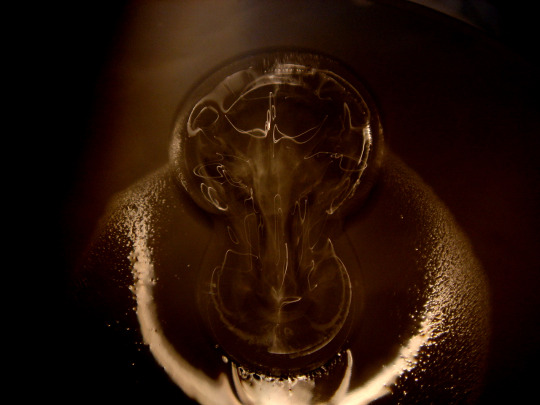
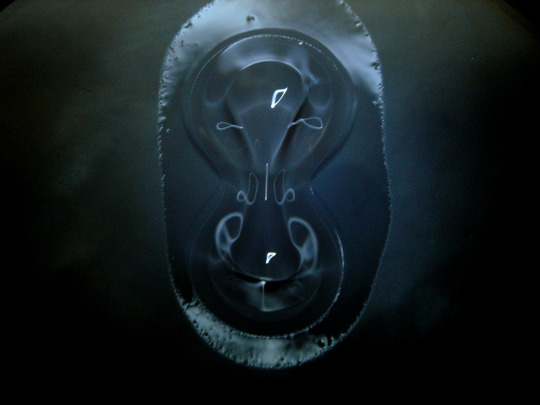



https://ia800204.us.archive.org/20/items/cu31924022320216/cu31924022320216.pdf
#violin#Shape and sound#standing wave#gabriel kelemen#static waves violin shape#universal sphere vortex principle#Lambdoma Harmonic#stradivarius#amati#guarneri
1 note
·
View note
Text
u guys would not believe the number of absolutely priceless instruments i got my filthy paws on this week
20 notes
·
View notes
Link
Like most technological breakthroughs, today's instrument is an evolutionary product. So far as we know, there were no violins in 1500. A century later, there were several types and probably thousands of specimens north and south of the Alps, and from England to Poland. A marvel of craftsmanship and acoustical engineering, the violin produced more sound than any stringed instrument to date. Almost immediately, composers, players and collectors liked what they heard and saw. Italian and non-Italian makers proliferated.
The conjunction of supply and demand led to the modern orchestra and chamber ensemble, and from there to the subscription concert, the living-room quartet and the middle-class conviction that nice children take violin lessons. By the mid-19th century, French and German makers turned out hundreds of thousands of instruments yearly. A generation later, exports from Markneukirchen, a Saxon town of 9,000, justified an American consulate there. By the early 20th century, Sears, Roebuck marketed mail-order violins, complete with bow, rosin and user's manual, at $13.95 and down.
Over the same period, a consensus emerged among the dealers, superstars and collectors who set the tone and prices at the upper end of the market. First, violins made before 1800 were more equal than those made afterward. Second, Italian violins were more equal than others. Third, violins made in Cremona were more equal than other Italian violins. Fourth, violins by Stradivari and Guarneri were the most equal of all. That consensus has prevailed almost unchallenged ever since.
How the Cremonese patriarchs might view today's market is, again, anyone's guess. As independent craftsmen, they sold to a largely local clientele, invested in real estate and worked hard to provide for their numerous heirs. Stradivari, an exception, was famous in his lifetime. Guarneri was hardly known beyond the city limits. His death in 1744, seven years after Stradivari's, effectively marks the end of classical Cremonese violin-making. Then, some half-century later, the superstar violinist Giovanni Battista Viotti did for Strads, and the legendary Nicolò Paganini did for Guarneris, what Michael Jordan would do for Nike.
When the Italian economy sagged, the French and British rich took to Italian violins as they took to classical statues, Dutch paintings and Persian rugs. In the 1880's, W. E. Hill followed the carriage trade to New Bond Street, London's most fashionable retail district. Over the next half-century, his sons Alfred, Arthur and William turned a respected family business into the Ritz of violin shops.
The Hills not only bought, sold, appraised and hunted down Old Masters but also created a lucrative sideline in repairing and restoring them. They manufactured instruments for the family trade as well as accessories, including rosin, strings and virtually indestructible cases. They commissioned and published the first standard monographs on the bellwether makers. Their clientele included concert performers, doctors, lawyers, professors, stockbrokers, clergymen, diplomats, military officers and, occasionally, members of the royal family. Inquiries and orders poured in from around the world.
As money and power moved, the market followed. By the end of the 19th century, it extended to Germany and the United States. After World War II and a generation of American hegemony, it again struck roots in Europe, then Japan and South Korea. With the collapse of the postwar dollar in the early 70's, demand for perhaps 5,000 to 7,000 credibly certified old Italian instruments went global.
Market standards range from ''decent, honest and fair'' to ''outrageous,'' according to the owner of one high-profile instrument, with years of experience in both violins and Wall Street. But they have rarely been called transparent. Prerequisites for the trade include a passion for the product, a data bank memory, the patience of a Zen master and the nerves of a riverboat gambler. Good connections, a good location, a generous credit line and an open-ended tolerance for air travel are standard operating equipment. A first-rate repair shop and an effective sales staff are essential, too.
Still, the endgame is in sight, says Robert Bein, a co-owner of the Chicago-based Bein & Fushi, one of the world's major firms. With even the biggest private collectors, let alone performers, finding it hard to keep up, the great Italian fiddles seem destined for public or institutional ownership, like the great Italian paintings before them. In the 1960's, a dozen or so shops dealt regularly in old Italian violins. Since then, the costs of doing business -- inventory, rent, staff, insurance and credit and legal fees as well as rarely acknowledged commissions to teachers and assorted middlemen -- have reduced their number to four or five.
#music#music history#history#lutherie#economics#trade#commerce#violin#antonio stradivari#giuseppe guarneri
9 notes
·
View notes
Text
the andante from death and the maiden is probably my favorite classical piece and this is imo the best recording
#the tempo is just so juicy thats what puts it above the rest#i have the guarneri quartet on vinyl.#📻#Spotify
3 notes
·
View notes
Text
How the Cremonese patriarchs might view today's market is, again, anyone's guess. As independent craftsmen, they sold to a largely local clientele, invested in real estate and worked hard to provide for their numerous heirs. Stradivari, an exception, was famous in his lifetime. Guarneri was hardly known beyond the city limits. His death in 1744, seven years after Stradivari's, effectively marks the end of classical Cremonese violin-making. Then, some half-century later, the superstar violinist Giovanni Battista Viotti did for Strads, and the legendary Nicolò Paganini did for Guarneris, what Michael Jordan would do for Nike.
— Nearing Endgame in the Violin Trade?
#david schoenbaum#history#music#music history#commerce#trade#lutherie#italy#cremona#antonio stradivari#giuseppe guarneri#giovanni battista viotti#niccolò paganini#violin
0 notes
Text
Al XIX "Rome Chamber Music Festival" protagonista il violino Guarneri Del Gesù suonato anche da Paganini
Al XIX “Rome Chamber Music Festival” protagonista il violino Guarneri Del Gesù suonato anche da Paganini
Dal 26 al 29 giugno quattro imperdibili appuntamenti al Teatro Argentina della Capitale per il “Rome Chamber Music Festival” giunto alla sua XIX edizione.Un programma ogni sera diverso, eseguito da 42 musicisti di cui 35 giovanissimi provenienti da tutto il mondo, che spazierà dal barocco al contemporaneo, passando per Respighi, Stravinsky, Philip Glass, le canzoni di Broadway e di David…
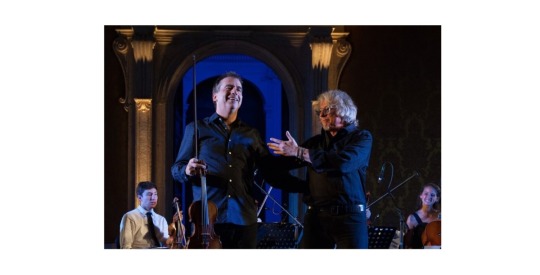
View On WordPress
0 notes
Text
- Pronto, Cup? Dovrei prendere un appuntamento per una visita dermatologica.
-Aspetti che controllo il primo appuntamento utile. Siamo al 22 Dicembre 2023 presso l'Ospedale Pertini..
- Pronto, clinica Guarneri? Dovrei prendere un appuntamento per una visita dermatologica.
- Aspetti che controllo la diaponibilita'. Le va bene domani alle 11,30? Il costo della visita e' 120 Euro.
- Va bene. Domani alle 11,30.. buongiorno.
Click..
Dico la verita'.. sul momento mi ero incavolato parecchio ma poi, pensando che questi miei soldi aiuteranno tutti quei commercianti, artigiani e professionisti sottoposti al "pizzo di Stato" che si apprestano a trascorrere le loro vacanze in quelle zone "anguste" della costa smeralda o in quei mari "inquinati" dei paesi caraibici, mi ha tranquillizzato non poco. Come credo si senta tranquilla la maggioranza dei cittadini, visti i grandi applausi a chi si sta spendendo per togliere a certe categorie il "pizzo di Stato".
@ilpianistasultetto
106 notes
·
View notes
Text
went to a classical concert last night and i saw this guy who’s the section leader for the cellos. he had his hair up in a bun and i was like “geto playing the cello fits so well actually” or rather the features of the cello fits him so perfectly and it does !!!! the lower timbre of the cello is such a testament to his raspy and calm voice, but when triggered by external forces (elgar cello concerto im looking @ u — the piece makes such a beautiful use of the instrument), the outburst is so intense and hard-hitting, something i’d expect from a collected man like geto who, when he gets angry and furious, really burns everything in his way with his spite lol.
the lower register of the cello is often a grounding instrument for the piece when it’s not played in a concerto, sort of like a bass guitar in songs, and i think at geto’s core that’s what he was for gojo — someone not as strong as gojo in terms of a flawless technique but always being the voice of reason, that laidback, chill friend who sometimes surprises you with an insane idea that usually differs from the voice of reason (when the cello is put on centre stage for a concerto, that is).
and also the fact that in ep 23’s juju sanpo there’s the (joking) implication of gojo being a violin teacher despite it all being a ploy for megumi’s supposed situation of getting hit on, it also DOES fit gojo so much because the violin in general is a really attention-seeking instrument (don’t kill me!! i play violin and i mean... i sorta agree). there’s not one but two sections of the violins in the orchestra and it’s shrill, high-pitched, a little bit of the buzz in the ear when played not so well, but when manipulated well i think it’s truly one of the most beautiful instruments constructed. and that exactly feels like what gojo is — not to reduce his character to an instrument, but rather just pointing out similar features of the violin’s sound to parts of gojo’s character — a little insufferable and annoying at first but he has a lot of depth with every year that he ages, maybe not at first when he was younger but there is that fact that older violins harmonise and sound better from the constant use and practice of the player.
the gojo now is like an aged violin like an old stradivarius or guarneri, technique honed perfectly from years and years of practice after the whole debacle of riko. the luthier process is also important — the act of satoru’s parents essentially making love and producing gojo who shifted the trajectory of the jujutsu world — where it shows that luthiers who construct the instrument from scratch will not know if their instrument will sound well years later, but it differs in his case. it just so happens that his parents were lucky luthiers who already knew the value of their instrument from the beginning.
#wow i totally went off the rails for gojo’s#sorry guys just geeking out#imagine if i could write like this for my assignment which is not getting done. wow!#OKAY ILL SHUT UP NOW#jjk headcanons#jujutsu kaisen#jujutsu kaisen gojo#jujutsu kaisen geto#gojo satoru#geto suguru#jjk#satoruhour's rambles
59 notes
·
View notes
Text
0 notes
Text
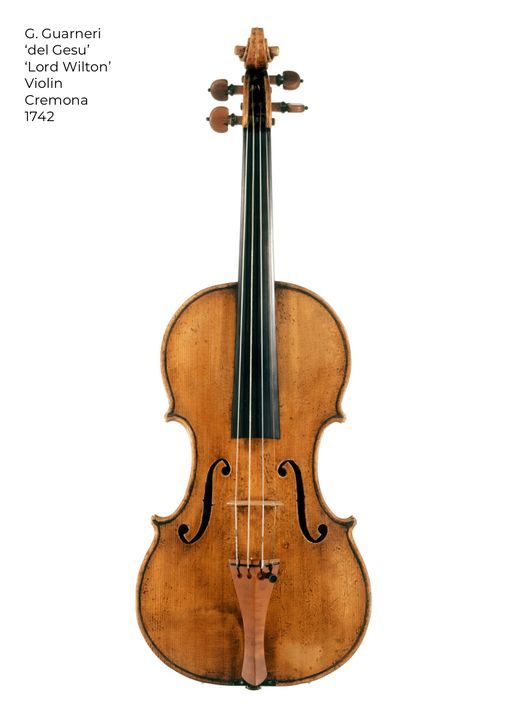
This famous Guarneri violin is named after Lord Wilton, who was a musician and 19th century owner of the instrument. From 1978 to 1999 it was owned and played by Yehudi Menuhin, before it was sold for $6 million to the collector David Fulton.
13 notes
·
View notes
Text
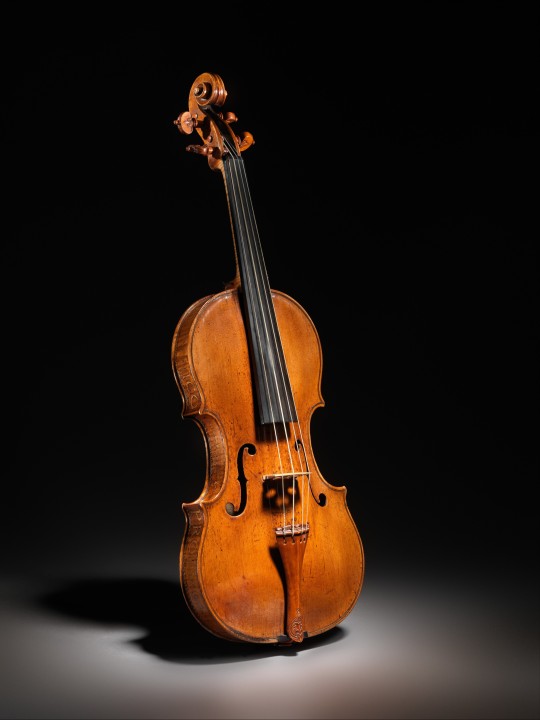


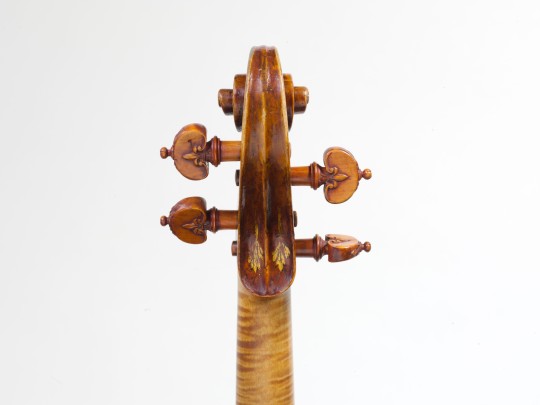
"Kurtz" Violin - Andrea Amati Italian - c. 1560





Andrea Amati is credited with creating the first instruments of the violin family. HIs contributions included standardizing elements that are common on violins today including the f-shaped soundholes, the scroll, and the use of four strings. Amati established the proportions of the violin and built violas and cellos in order to have en entire ensemble of violin-type instruments. Amati built his instruments using an internal mold, which contributed to a high-consistency in his final instruments. Andrea was also the first of the Cremonese school of luthiers and the standard for the work of those who followed for the next two centuries including his two sons, his grandson Nicolò, members of the Guarneri family, Antonio Stradivari, and others.
The maple back and sides of The Met's violin are decorated with the Latin couplet "Quo unico propugnaculo stat stabiq[ue] religio" (By this bulwark alone religion stands and will stand). The back of the instrument is decorated with fleurs-de-lis in the corners, a geometric design with floral ornamentation between the upper bouts, and a few traces of pigment in the middle of the back where there is presumed to have been a coat of arms.
9 notes
·
View notes
